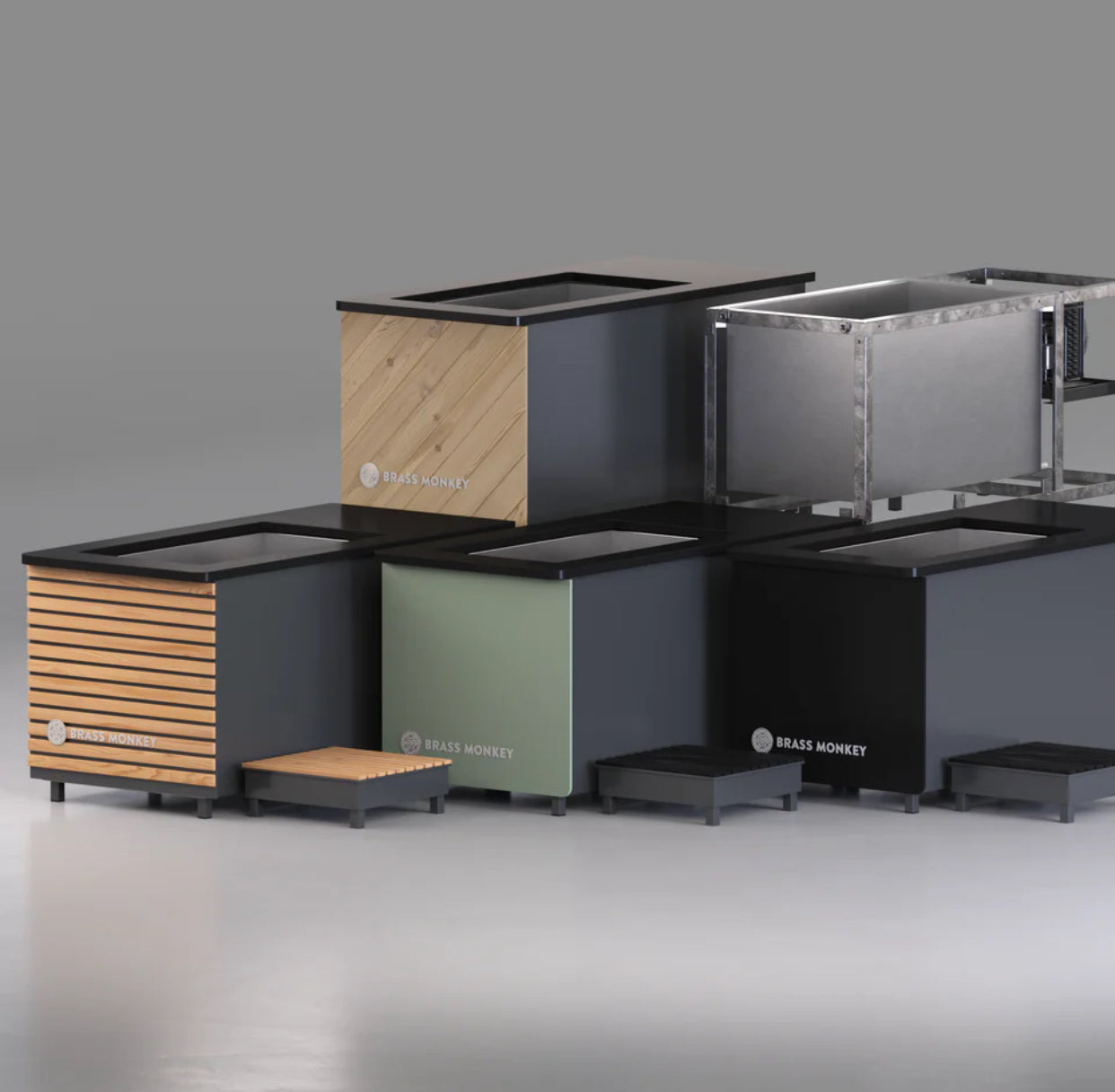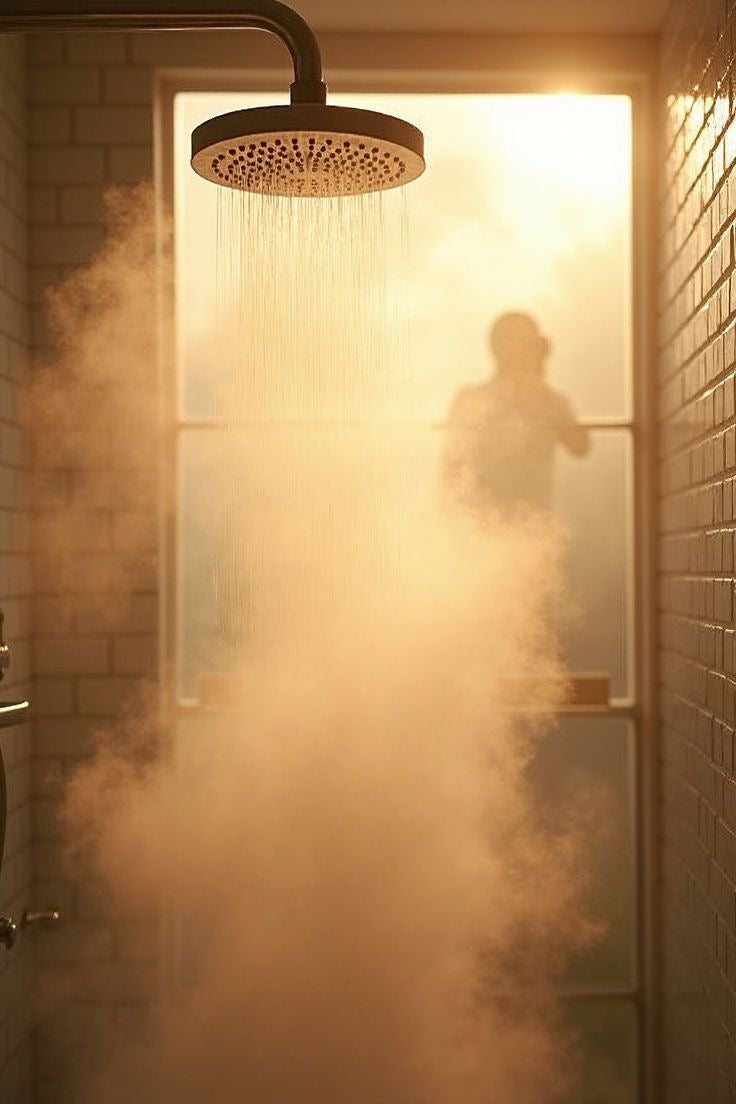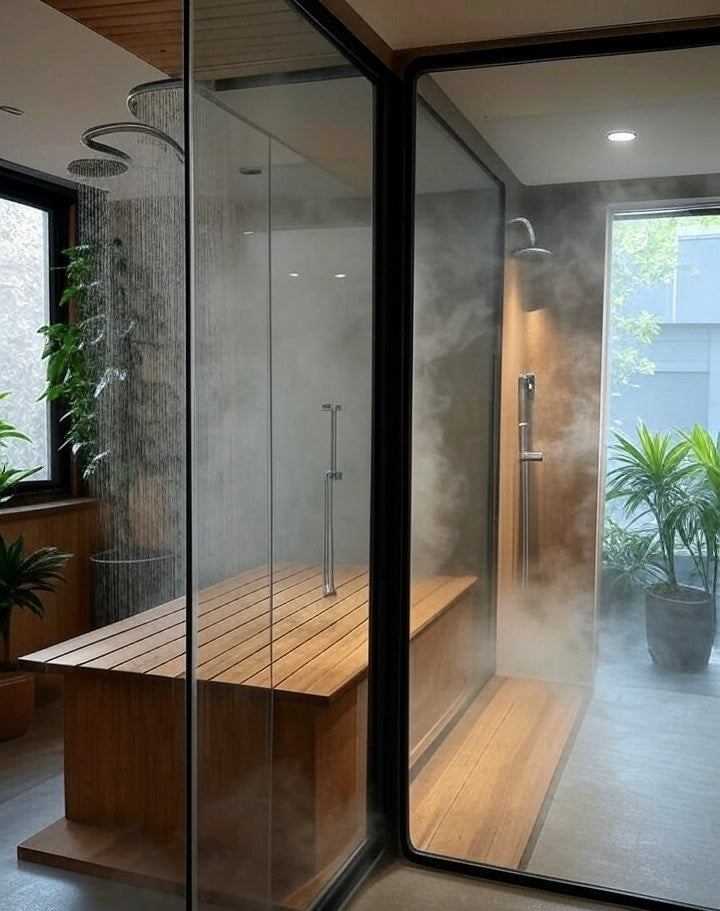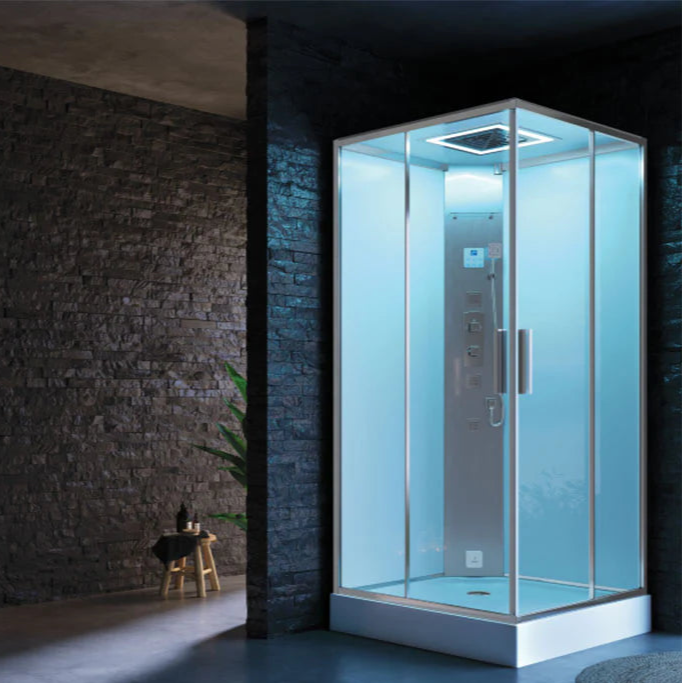Ever taken an ice bath and felt like your lungs forgot how to behave? Yes, Cold Plunges can be good for your lungs — boosting breath control, oxygen use, and lung strength. Stick around to see how a Cold Plunge Tub or Ice Bath Tub might just improve your breathing game!

The Impact of Cold Plunges on Respiratory Health
Understanding the Cold Shock Response
Physiological Reactions to Cold Water Immersion
When you step into a Cold Plunge Tub, your body reacts instantly.
The cold causes blood vessels to constrict, sending blood to your core and activating your stress response. This leads to a spike in heart rate and breathing rate.
It may feel dramatic, but over time, your system becomes more efficient at handling the plunge.
Initial Breathing Difficulties and Hyperventilation
Most people experience a gasp or shortness of breath during their first cold immersion.
This is the cold shock response, a temporary but intense reaction. Hyperventilation may follow, which can be unsettling but is entirely normal.
Repeated exposure, alongside controlled breathing, helps your body adapt and stay calmer.
Cold Plunges and Pre-existing Lung Conditions
Considerations for Asthma Patients
Cold water can sometimes trigger bronchial tightening in asthma sufferers.
However, with proper breathing techniques and gradual exposure, some people report improvements in lung function. The key is to begin cautiously and under medical guidance.
Controlled practice may help regulate the airways over time.
Implications for Individuals with COPD (Chronic Obstructive Pulmonary Disease)
Those with COPD need to approach cold plunging carefully.
The sudden demand for deep breathing may challenge already compromised lungs. However, short sessions combined with breathwork could potentially improve awareness and respiratory strength.
Always consult a respiratory specialist before trying cold immersion therapy.
Bronchospasm Risk
Exposure to cold can occasionally lead to bronchospasm, particularly in vulnerable individuals.
This happens when the airway muscles tighten, making breathing harder. It is more common when entering cold water too fast or without proper preparation.
Slow, steady immersion and calm breathing are essential for safety.
Potential Benefits of Cold Plunges for Lung Function (with Caveats)

How Cold Plunges Might Influence Breathing
Vagus Nerve Stimulation and Respiratory Control
Cold plunging stimulates the vagus nerve, which influences breathing and heart rate.
With regular use, vagal tone improves, making your breathing calmer and more efficient. This helps regulate stress and supports better lung function during exertion.
It's part of why cold immersion is so popular among athletes and performers.
The Role of Specific Breathing Techniques (e.g., Diaphragmatic Breathing, Pursed-Lip Breathing, Papworth Method)
Using the right breathing method during a cold plunge can make a big difference.
Diaphragmatic breathing strengthens the lungs, while pursed-lip breathing slows the exhale and maintains airway pressure. The Papworth Method teaches control under stress — all ideal for managing the cold response.
These techniques can reduce panic and promote lung efficiency.
Broader Health Effects Relevant to Lung Health
Reducing Systemic and Airway Inflammation
Cold water therapy has anti-inflammatory effects across the body, including the lungs.
By constricting blood vessels and reducing inflammation, it may ease discomfort for those with mild respiratory issues.
This benefit increases with consistent practice and proper breathing.
Boosting Immune System Function
Cold plunging can also give your immune system a little nudge.
By increasing white blood cell activity and circulation, it helps the body fight off respiratory infections more efficiently.
This, in turn, supports overall lung health throughout the year.
Risks and Essential Safety Considerations
Navigating the Dangers of Cold Water Immersion
Recognising Signs of Respiratory Distress
If you're cold plunging and find it hard to breathe, don’t ignore it.
Symptoms such as prolonged gasping, chest tightness, or a sense of panic may signal respiratory distress.
Exit the water and warm up immediately if these appear.
Risks of Dizziness, Fainting, and Drowning
The shock from cold immersion can lower blood pressure or cause light-headedness.
Hyperventilation can follow, which raises the risk of fainting. It’s one reason why supervision and short durations are always recommended.
Cold water demands respect — even from experienced users.
Interplay with Cardiovascular Stress
Cold plunges increase heart rate and blood pressure, which also affects the lungs.
If you have cardiovascular or respiratory conditions, this stress can become dangerous. Combining cold immersion with poor breath control raises the risk.
Always start slow and avoid pushing your limits.
Best Practices for Safe Cold Plunging
The Importance of Consulting Healthcare Professionals
Always seek advice if you have a lung condition.
Asthma, COPD, or other respiratory challenges require expert input before starting cold therapy. A medical professional can guide you on safe exposure levels.
This ensures you're not putting yourself at unnecessary risk.
Gradual Acclimation and Recommended Duration Limits
Begin with brief plunges — just one to two minutes.
Allow your body to adjust gradually and never force it. Focus on staying calm and breathing slowly.
More is not always better with cold immersion.
Never Plunge Alone
Safety comes first. Always have someone nearby, even if you’re experienced.
Cold water can catch anyone off guard, and having help nearby adds peace of mind.
Solo plunging is never worth the risk.
Cold Plunges as a Complement, Not a Replacement, for Medical Treatment
Cold plunges can support your lungs — but they’re not a treatment.
Continue with your prescribed medication or therapy. Cold immersion is a complement to your health plan, not a cure.
It should be part of a balanced, safe routine.
Conclusion
So, are cold plunges good for your lungs? In many cases, yes.
Cold therapy can improve breath control, lower inflammation, and build respiratory strength. But for those with lung conditions, the key is to approach it carefully.
Start slow, stay consistent, and always breathe with intention.
Takeaways
-
Cold plunges can strengthen respiratory control and lung capacity over time
-
They stimulate the vagus nerve and reduce inflammation, both helpful for lung function
-
Asthma and COPD sufferers should get medical advice first before trying cold immersion
-
Start gradually, focus on breathing, and never plunge alone
-
Cold Plunge Tubs are a tool for wellness — not a substitute for medical care






